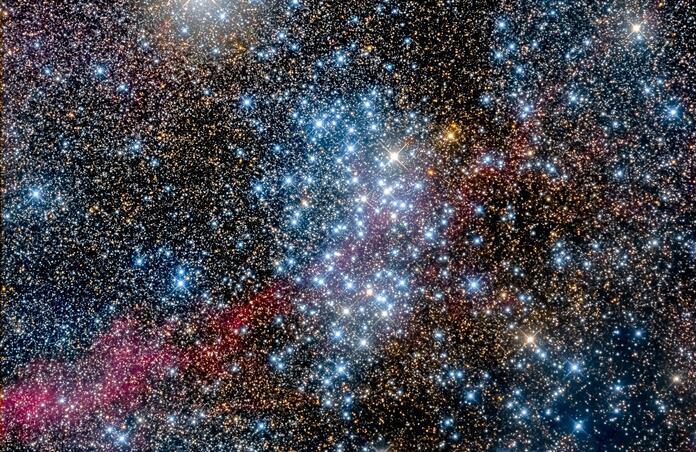How to Pick an Astrophotography Target

There are so many beautiful deep space objects to choose from. How does one go about deciding?
There are sparkling diamonds of open clusters, watercolor smears of rich, colorful nebulas, tight spheres of globular clusters, mysterious smoky dark nebulas, and galaxies of all types and sizes to pick.
A good first approach is to try one of each. This will give you a good idea of whether you like the object. Even more, telling is how much work is involved in processing. Different objects require different processing techniques, some easier than others.
Once you get past the awe-inducing phase of producing your first image, you may want to be a bit more organized in your approach.
An excellent place to start is with books like The 100 Best Astrophotography Targets: A Monthly Guide for CCD Imaging with Amateur Telescopes.
Browse through these popular items and see which piques your interest. Pay particular attention to arc size and FOV. You will need to select the instrument that will produce the same frame as the book or be disappointed. Your crop may be too tight or too broad. Imagine selecting a wide-field scope to image a close-up of a galaxy. It’s not going to deliver what you imagined.
You must know whether the object of interest is in the sky at the time and place. Regardless, if it’s in your backyard or using one of the remote viewing locations of TelescopeLive.
A good, organized approach is to make collections. Make a list of all the same type of target. Pursue completion of the list over the year. Alternatively, a collection of the Messier Catalog or the lesser-known Caldwell Catalog may create a long-term pursuit of the perfect image. There are many other astrophotographers’ images to compare them against.
Once you have familiarized yourself with the more common items, you can move on to exploring deep space. Use a planetarium application like Stellarium or Skywalk. Another source is the DSS; the Digitized Sky Survey (DSS) is a ground-based imaging survey of the entire sky.
The satisfaction of creating your own body of work in a structured fashion will last you throughout your astronomy lifetime.
#### 21OCT2021
NGC 3532 - ONE CLICK - WISHING WELL CLUSTER
NGC 3532 (also called the Wishing Well Cluster) is about 300 million years old and contains about 400 stars. It is located in the constellation Carina. Famed astronomer John Herschel observed multiple binary stars within the cluster when he observed the open star cluster in the 1830s
Processing by Jim DeLillo
